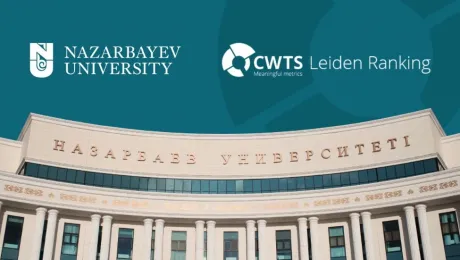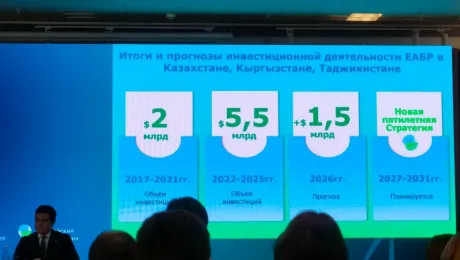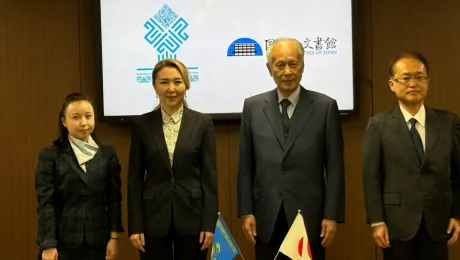AlES held a presentation of projects on the implementation of the Kaizen approach by initiative groups from all production departments based on the results of the second quarter of 2025. Our newspaper has repeatedly reported on the Almaty energy company's implementation of this Japanese production philosophy, which aims to continuously improve all aspects of life and activity. At first glance, the process seems slow, but the presentation showed a gradual and significant movement – an improvement in the organization of the work process itself on the ground. Over time, with a systematic approach, this will have an impact on all AlES production indicators.
Energy companies are focused on the gradual improvement of working conditions and organization, especially since the Kaizen system itself does not imply a sudden process and progress. Masaaki Imai, the founder of the concept of continuous improvement, in his 1986 book “Kaizen: The Key to Success for Japanese Companies”, described the system as follows: “The essential difference between Kaizen and innovation is that while the former does not always require large capital investments to implement changes, it does require constant, painstaking and tireless work. The two concepts are as different as a staircase and a gentle slope. Kaizen relies on gradual progress. An innovation strategy, on the other hand, relies on moving forward like climbing a staircase. Kaizen is like a greenhouse in which small but constant changes are nurtured.” We would add: high-quality changes lead to improvement.
A space that speaks
Let us recall that the decision to launch a pilot project in the CHPP-3 department of AlES JSC to transition to the Kaizen system – lean technologies – was made in February 2024. The second pilot project was launched in the electrical workshop at CHPP-2 of AlES. The goal of this project is to bring order and increase efficiency. But before embarking on the Kaizen path, the energy specialists studied the theory, and the initiative groups created in the departments attended seminars and training sessions and studied the experience of other followers of the Japanese idea. A group of specialists and department heads from AlES visited a fan factory in the village of Koyankus in the Almaty region, where they were shown the results and how Kaizen technologies help reduce losses, decrease the number of defects and optimize work processes.
In addition, Kaizen was launched in pilot areas on topics such as 5S workspace organization, business process mapping, problem solving, and quality circles. Trained specialists began diagnosing and effectively organizing their workplaces, analyzing time costs (process timing) and resolving current issues. Action plans were also drawn up to implement improvement proposals. Now it is time for the next step: evaluating the initial results of the work.
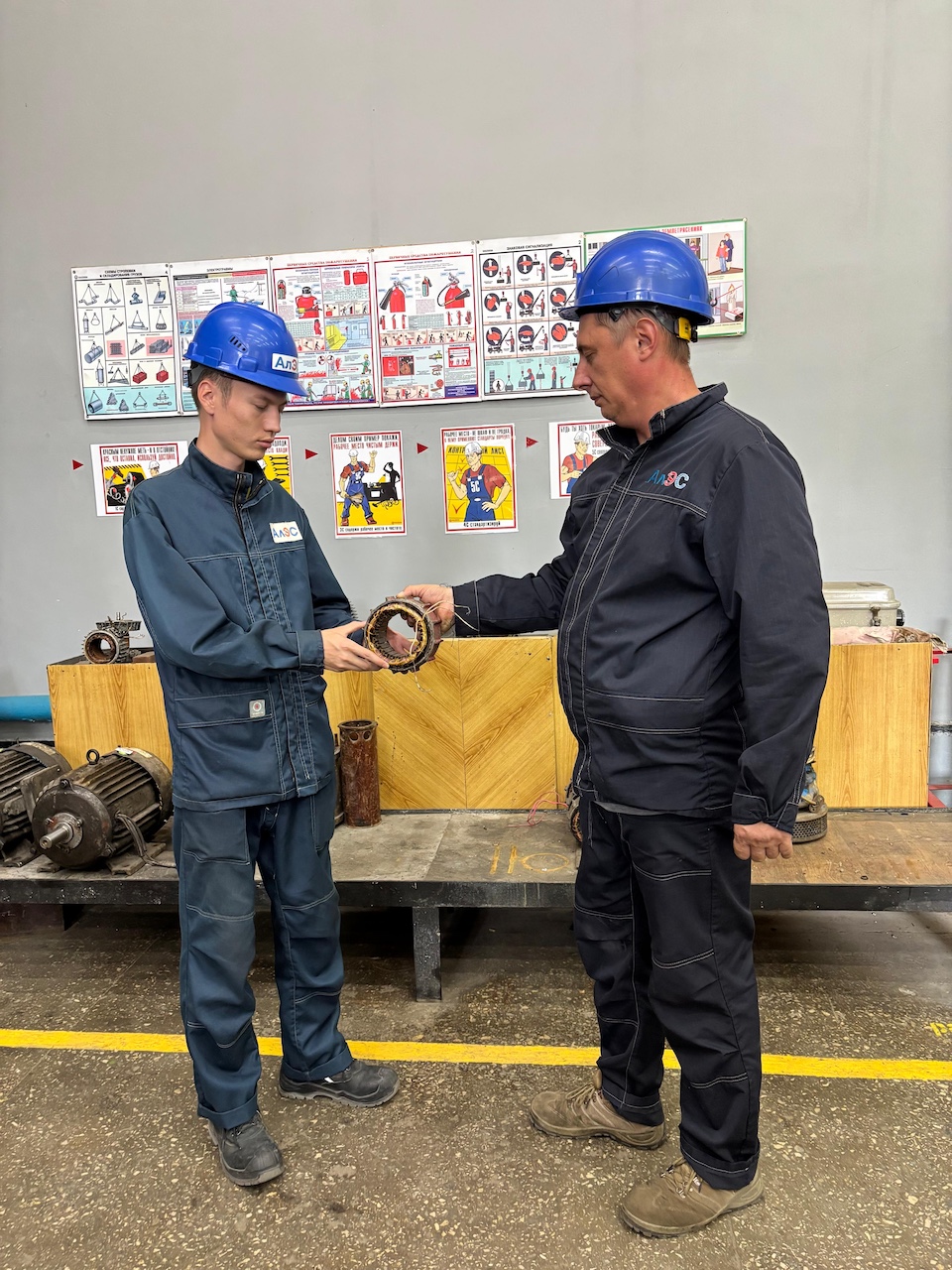
“The departments took a thorough approach and started with something simple but extremely necessary: tidying up the surrounding space,” notes Madi Zanigin, a Kaizen specialist who is involved in implementing the system not only at the head office but throughout the company. “We called this work “Visualization and Internal Navigation: Space that Speaks”. It has become one of our notable achievements. Markings, arrows, direction signs and color zones have appeared in the workshops. All this helps employees to better navigate the space, find the necessary materials and equipment more quickly, and comply with safety standards.
Thanks to visual management, the workshops have become more organized, understandable and convenient for both staff and managers conducting Gemba visits. Visual noise has been eliminated, and the time spent on movement and searching has been reduced.
An order that is effective
Generally, the Kaizen approach is divided into 12 steps. The first step is to identify losses, then justify the choice of subject. The next step is to understand the current process, then realize the actual situation and set a goal. The second half of the process begins with drawing up a plan. The following stages are: analyze the causes; propose countermeasures; implement countermeasures, and then check the results. In step 11, it is necessary to standardize improvements, and in the final stage, draw up plans for the future. And then work with the given principles and parameters. But behind the apparent simplicity of the stages lies a lot of systematic and daily work.
In relation to AlES, a major and important area of work has been the reorganization of warehouses and the introduction of targeted storage.
“Now, every item of materials, tools or equipment has a strictly assigned place. This has minimized chaos in warehouses, sped up logistics and ensured quick inventory taking. Employees do not waste time searching - everything is at hand and always in its place. This approach strengthens production discipline and reduces losses associated with unnecessary movements and downtime” the company's report notes. The slogan characterizing this stage is also noteworthy: “Order that works.”
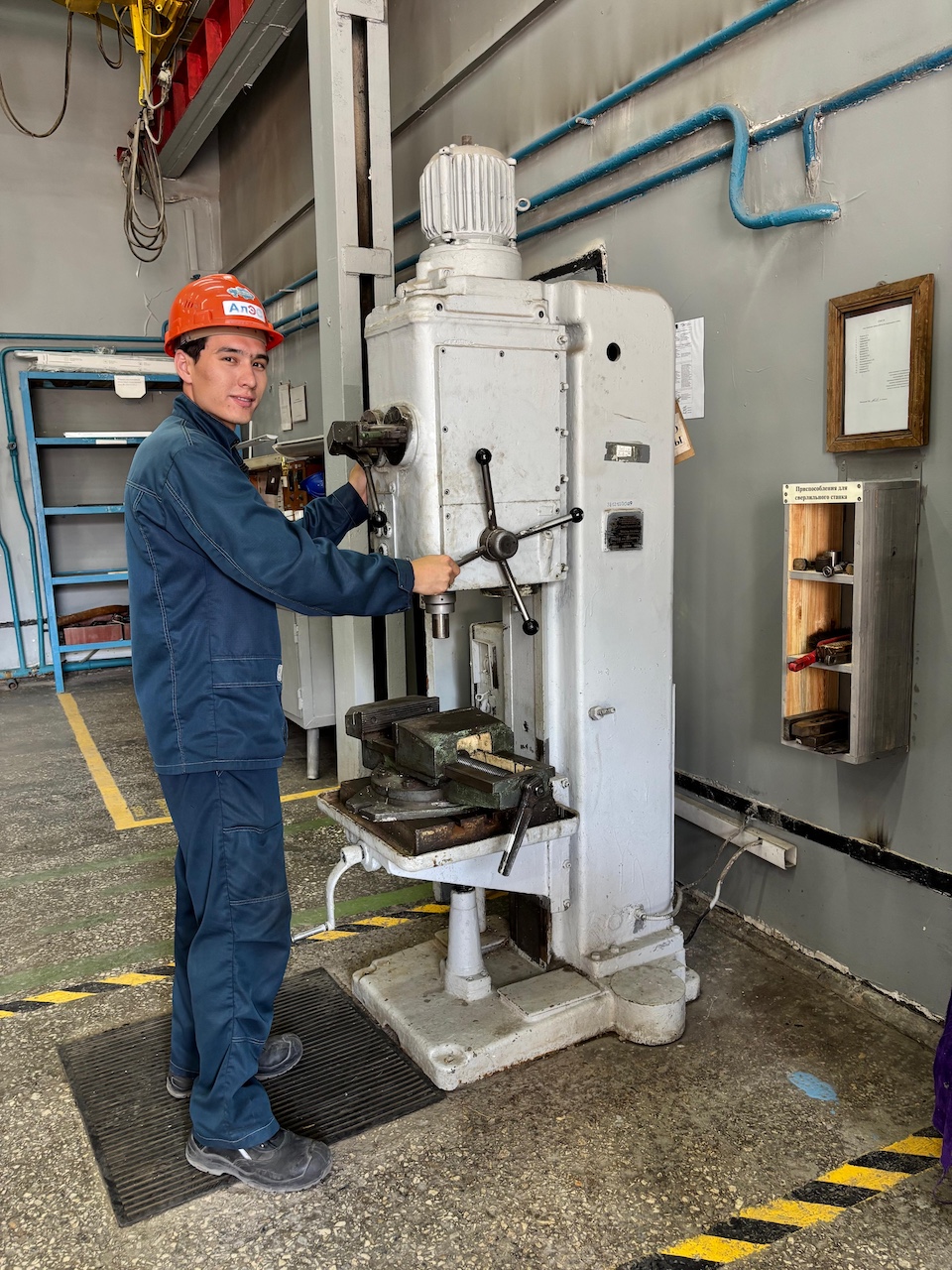
5S visualization: not a one-off clean-up, but a system
Among the departments that have started clearing out their storage facilities is the oldest Cascade HPP, consisting of 10 hydroelectric power stations with a total length of 25 kilometers.
“Since we began implementing Kaizen in April of this year, we have accomplished a significant amount of work: we cleaned the premises and sorted the inventory, determined the correct storage locations for the inventory, divided the warehouse into sectors A, B, and C, D, identified racks and cells, identified hazardous areas for workers to move around, and applied markings,” said Evgeny Krasnoshchekov, engineer for the organization of operation and repair of equipment at the Cascade Hydroelectric Power Plant. ’We are currently developing a navigation scheme for the central warehouse. We plan to deploy Kaizen in the EMC, where mapping, A-3, and 5S visualization will be implemented. We plan to complete the process of updating the inventory requirements stored in the central warehouse. Work is also underway to involve all employees in the process. The transition to Kaizen has only recently begun, but the results are already evident: the new order simplifies everyday work.
The organization of the workspace actually provides a number of benefits that affect productivity, health and overall well-being. Whether at home or at work, employees who have embraced this idea are transferring the principles of Kaizen organization and lifestyle to their home life. A properly organised workplace contributes to increased productivity, improved concentration, reduced fatigue and stress levels, and a more comfortable and pleasant working environment. According to Kaizen, organizing the workspace is not a one-time clean-up, but a system for maintaining it in such a state.
“Department teams have actively implemented the 5S principles, making them part of their daily routine. Workplaces are structured, tools are categorized, standards of cleanliness and order are established, and responsibilities are assigned,” the report notes. ’It is especially important that 5S is not perceived as a one-time event. Teams are working to make this system a permanent habit, supported by all employees and regularly improved. The aesthetics of the space have improved, injury-prone areas have decreased, and the production culture has improved.”
As a reminder, the Kaizen system uses five tools – 5S. These are: Seiri – Sorting, Seiton – Systematisation; Seiso – Cleanliness; Seiketsu – Standardisation; Shitsuke – Improvement. In essence, Kaizen combines two Japanese words that together translate as ‘good change’ or ‘improvement.’ However, thanks to its connection with the methodology and principles of lean manufacturing, Kaizen has come to mean continuous improvement.
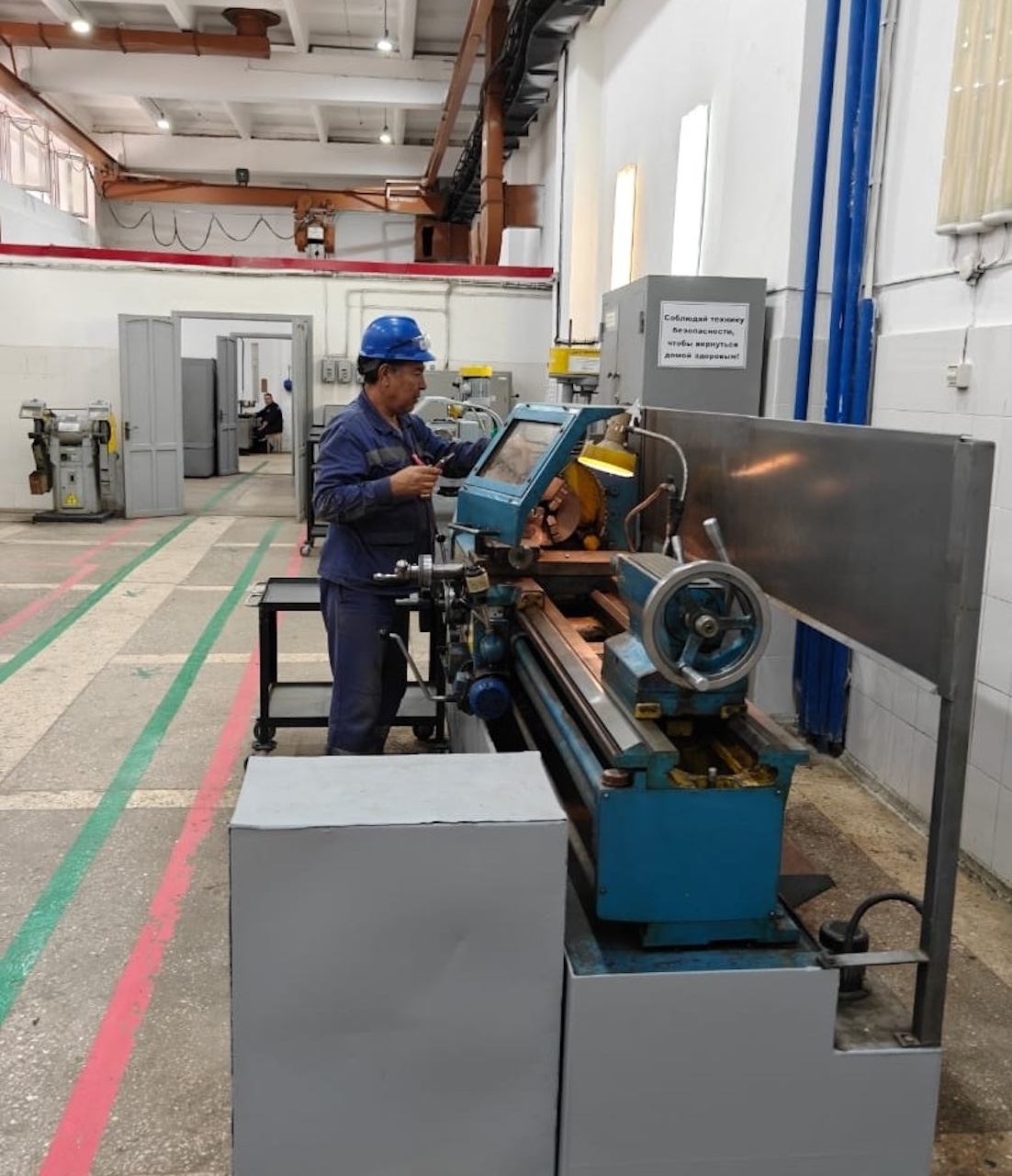
Seeing the problem and solving it systematically
Another systematic step in the development of Kaizen principles at AlES was the introduction of A3 reporting. This allowed departments to take a structured approach to identifying and solving problems.
“This format helps teams to consistently analyze the current situation, identify root causes, develop measures and form a target state,” the report notes. “It is important to note that employees do not just fill out templates - they learn to think critically, look at processes systematically, and take responsibility for change. The A3 format has become a living tool for joint analysis and decision-making.”
This has been proven in practice at CHPP-1 named after B. Orazbayev, where the basics of Kaizen and the 5S system have already been implemented.
“We started by educating staff about the Kaizen system. We held discussions with employees in the departments and increased our efforts to map the main types of work,” says Adil Abildaev, an engineer for control and measuring instruments and automation at the Electrical Engineering Laboratory of CHPP-1 named after B. Orazbayev.
A safe route for movement was developed, as well as an A3 format report. This yielded visible results: timing showed that document searches were accelerated 10 times - from 2-3 minutes (180 seconds) to 20 seconds. I agree that A3 reports teach us to see the problem and solve it systematically.
There were some difficulties, as CHPP-1 admits. But Kaizen teaches us to find solutions in such situations, often non-standard ones.
Therefore, even such a difficult organizational issue as the lack of free time from the main activities and the inertia of some of the staff could be solved here by getting interested in Kaizen ideas. Therefore, even such a difficult organizational issue as the lack of free time from the main activity and the inertia of some of the staff was solved here by getting them interested in Kaizen ideas. The focus on getting the whole team to embrace the idea is no accident, as Kaizen implies the creation of a culture of continuous learning and the multiplication of knowledge and skills. This helps the company to better adapt to changing market conditions and be ready for new challenges. In addition, the station drew up schedules for management Gemba visits to the main workshops, as well as a schedule for meetings between the small initiative group (SIG) and management.
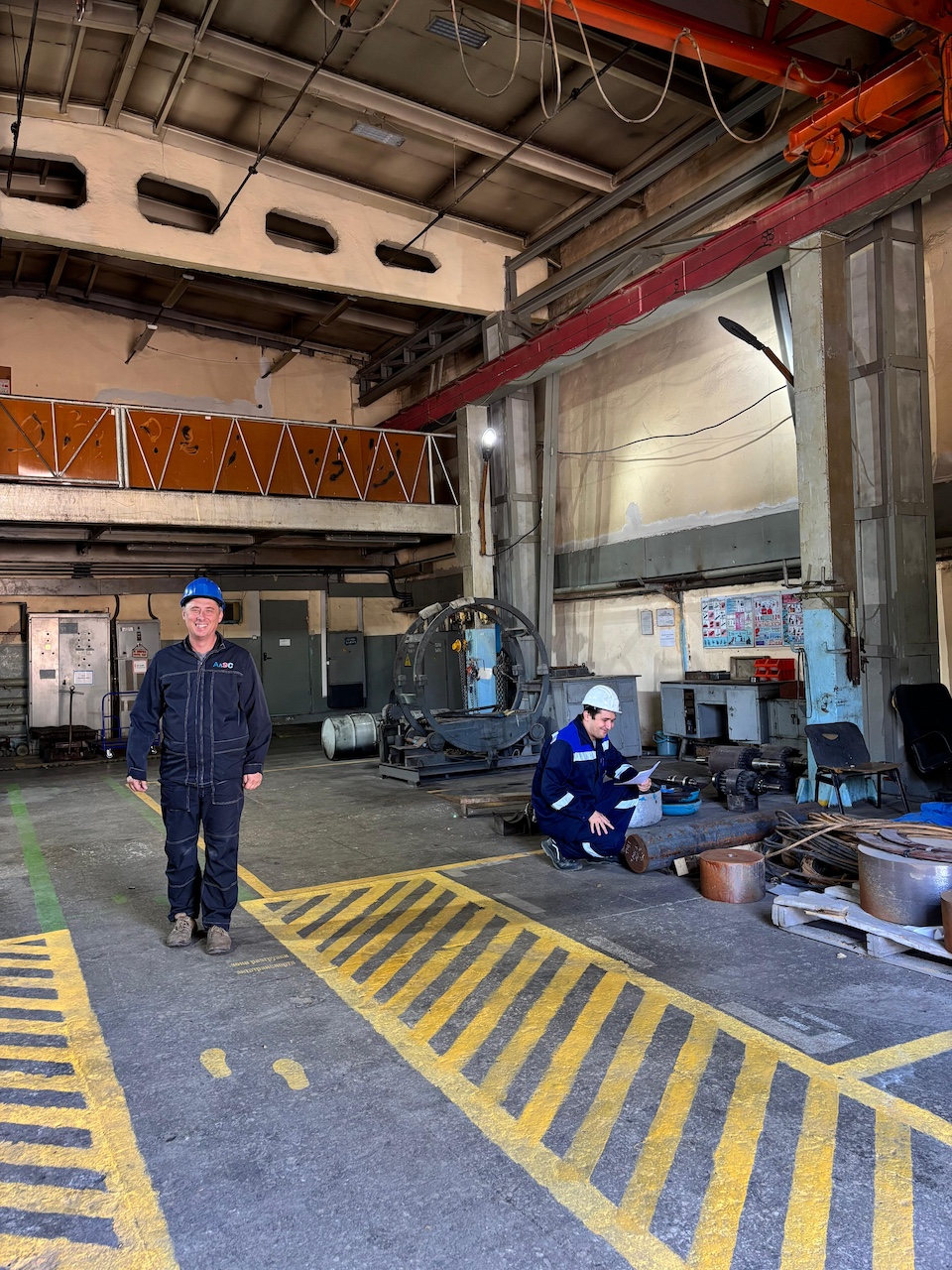
There is a leader wherever value gets created
As Madi Zaniginov points out, one of the main breakthroughs of the past quarter was the regular practice of Gemba visits. Department heads started going out to see the real work environment.
As Madi Zaniginov emphasizes, one of the main breakthroughs of the past quarter was the regular practice of Gemba visits. Department heads began to visit the actual work sites where value is created. This changed the management culture: instead of passive observation ‘from above,’ there was a lively dialogue with employees ‘on the ground.’
Gemba is another Japanese word from the philosophy of lean manufacturing that has entered the company's production lexicon. Gemba translates from Japanese as ‘the real place.’ That is, the place where work is done and value is created. During Gemba visits, managers personally observe processes; identify hidden problems; record deviations from standards; engage in lively communication with employees; and discuss suggestions for improvement.
“This is not a formal inspection, but a manifestation of true kaizen leadership,” explains Madi Zaniginov. ‘Employees feel involved in the work process, trust grows, and the identification and elimination of problems is accelerated. In some departments, following Gemba visits by managers, suggestions from employees that had previously been ignored have already been implemented.’
Standards are the foundation of stability
Adhering to the principles of systematic and long-term Kaizen development, the company is developing and implementing standard operating procedures, or SOPs for short. These describe the optimal ways to perform operations and have already been implemented in key work areas.
“This has made it possible to reduce variability between shifts, improve product quality, reduce dependence on the “human factor” and facilitate the training of new employees,” says Madi Zaniginov, listing the advantages. ‘SOPs have become a tool for training, control and improvement, rather than just a formality. Employees participate in their development, offering improvements and clarifications based on practical experience.’
Despite the novelty of the task and the natural inertia of people who find it difficult to change their habits, all departments demonstrated a high level of involvement. As noted in the department reports, all teams approached the defense of their projects creatively, individually designing reports, stands and visual materials. Each department chose its own presentation style, reflecting its style and culture.
"It is especially important that Kaizen has become the responsibility not only of management, but also of the employees themselves. Ideas came from the bottom up, and suggestions for improvements arose in the course of daily work. People saw that their ideas mattered, and this motivated them to continue on the path of change,” notes Daniyar Batyrov, head of the High Voltage Equipment Repair Shop at PRP Eneroremont.
From words to actions
Having seen the real results of implementing Kaizen in practice, the departments agree that there is no turning back on this path, and there is no room for stopping. Therefore, at the end of the first half of the year, all departments prepared plans for the third quarter.
After defending their projects, each MIG team presented an action plan for the third quarter. The priorities for the company and its departments are: developing visualization and SOPs; deepening the practice of A3 and Gemba visits; working out logistics flows; and involving staff in daily improvements.
“The next goal is to move from individual projects to systematic work. The teams are ready to implement new tasks, and we are ready to support this path,” concludes Madi Zaniginov.





